I was sorting and storing my Amazing Spider-Man files, as the series supposedly ended with issue #700.
When sorting the annuals, I found more than Marvel indicates they have:
Annuals #1 to #34:
#1(1964) to #8 (1971) consecutive years
#9(1973)
#10 (1976) to #34(2000)
#35(2001) - seems to be missed in Marvel's count - issue is cover labelled "ASM 2001 Annual"
#35(2008) - cover numbered as #1 and #35 - "Jackpot revealed" - Brand New Day annual
#36(2009) to #39 (2012) are numbered sequentially
OK - I realize my mistake - in 1995, there was no annual - I had put the oversized Spider-Man Super-Special in as the annual for that year, thus perverting the count. Sorry Marvel, this one's on me.
 |
| ASM Annual 2001 Annual #34 assuming no 1995 annual |
 |
| ASM Annual - 2008 - #35 |
Anyway, there are 39 annuals, numbered 1 to 39, and one additional annual-like Super Special (1995).
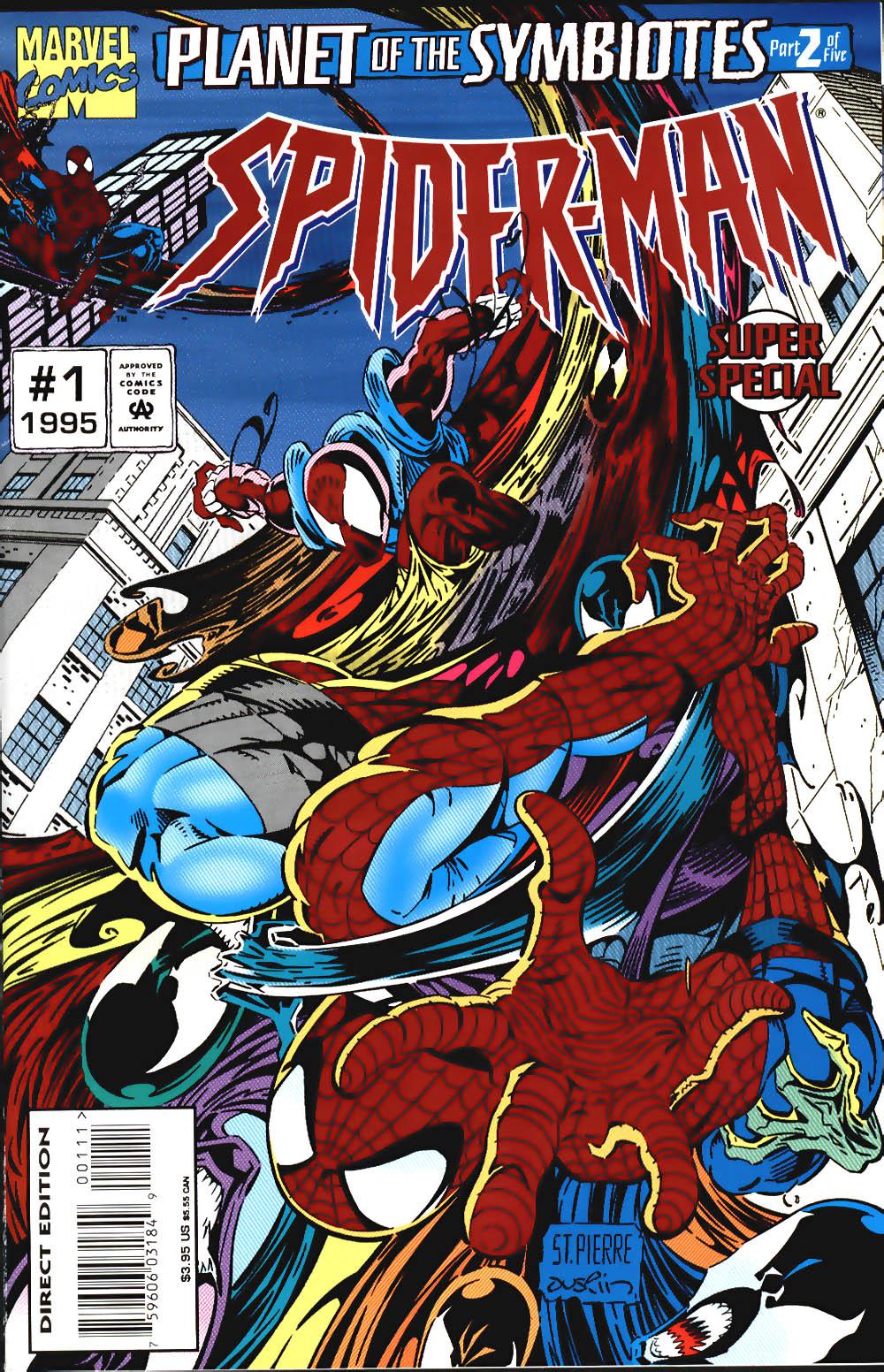 |
| Spider-Man Super Special #1, 1995 |
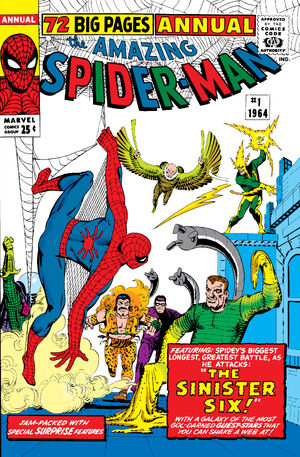 |
| 1964 |
|
 |
| 1965 |
|
 |
| 1966 |
|
 |
| 1967 |
|
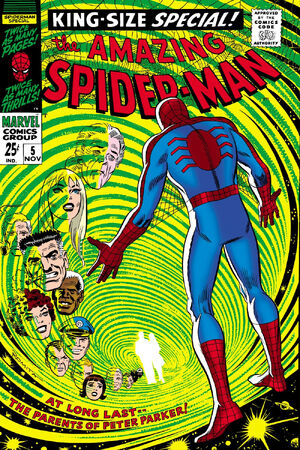 |
| 1968 |
|
 |
| 1969 |
|
 |
| 1970 |
|
 |
| 1971 |
|
 |
| 1973 |
|
 |
| 1976 |
|
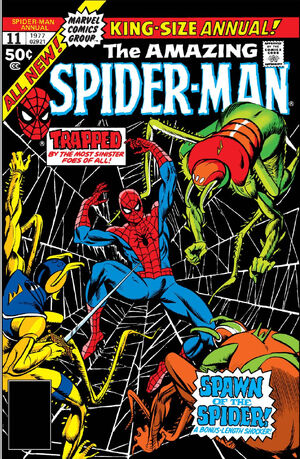 |
| 1977 |
|
 |
| 1978 |
|
 |
| 1979 |
|
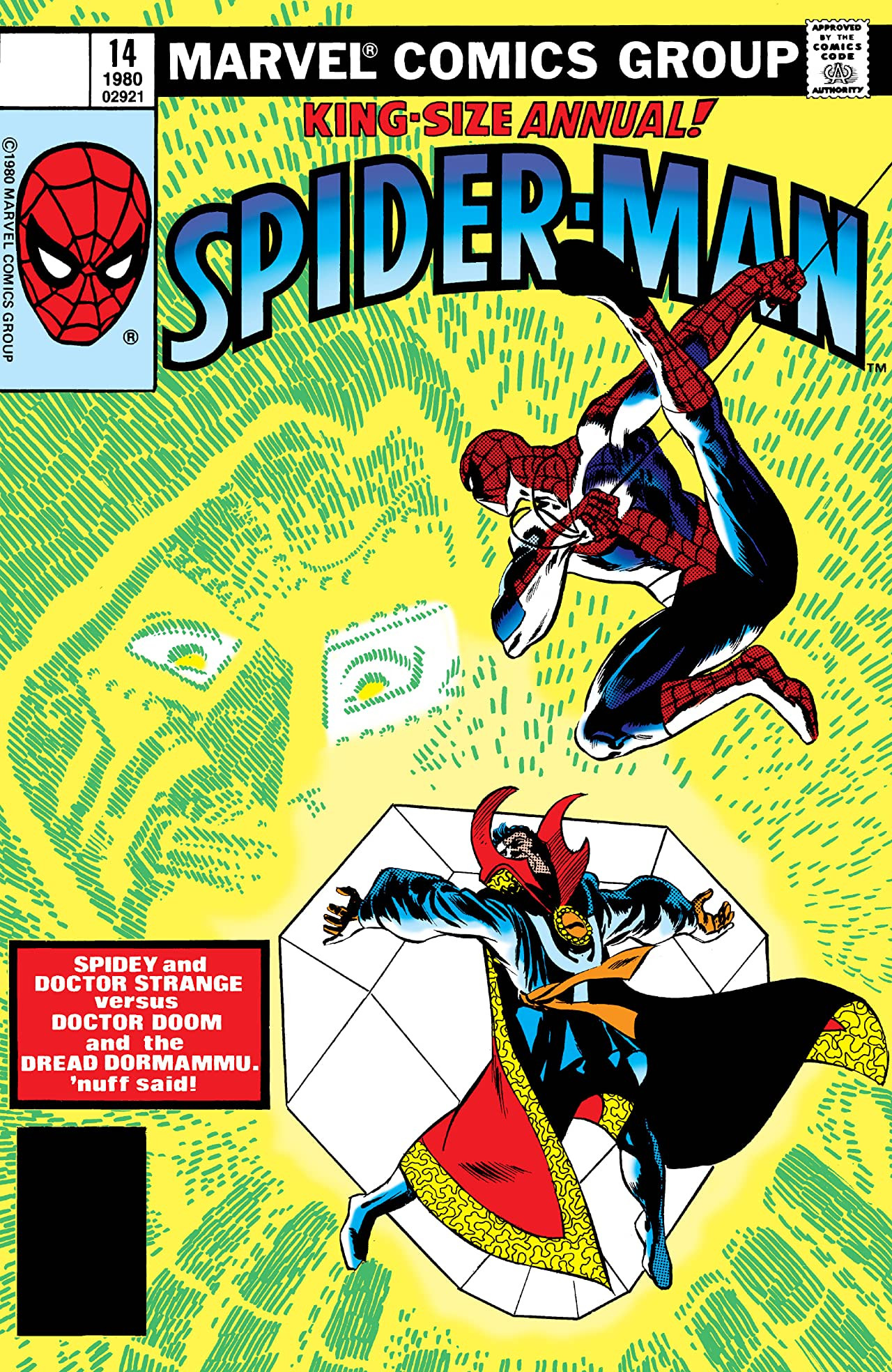 |
| 1980 |
|
 |
| 1981 |
|
 |
| 1982 |
|
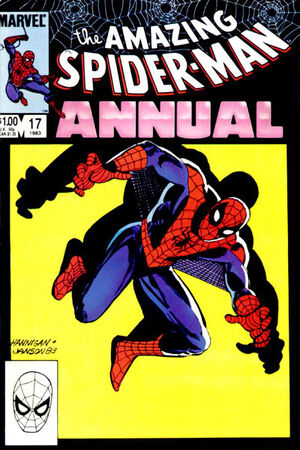 |
| 1983 |
|
 |
| 1984 |
|
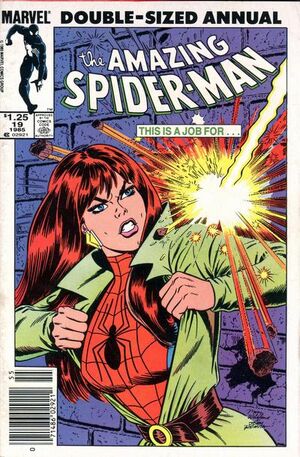 |
| 1985 |
|
 |
| 1986 |
|
 |
| 1987 |
|
 |
| 1988 |
|
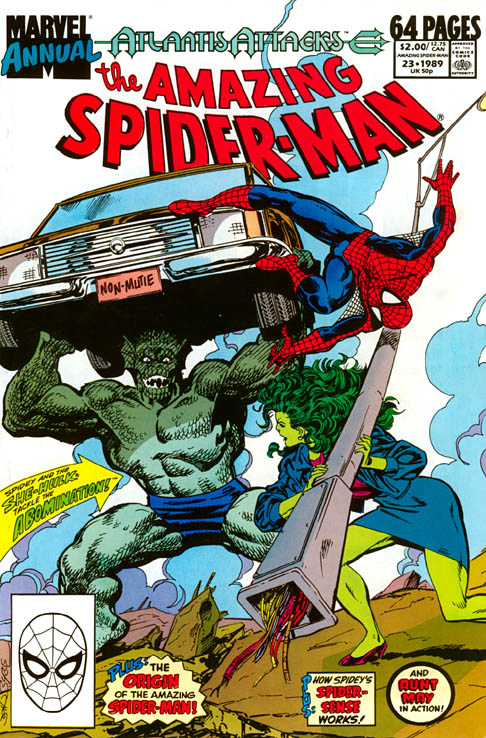 |
| 1989 |
|
 |
| 1990 |
|
 |
| 1991 |
|
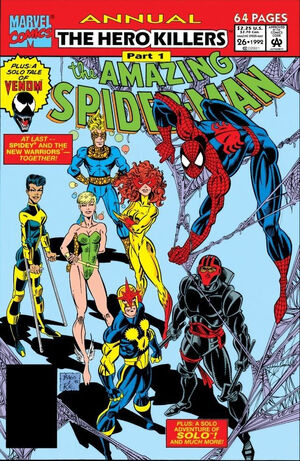 |
| 1992 |
|
 |
| 1993 |
|
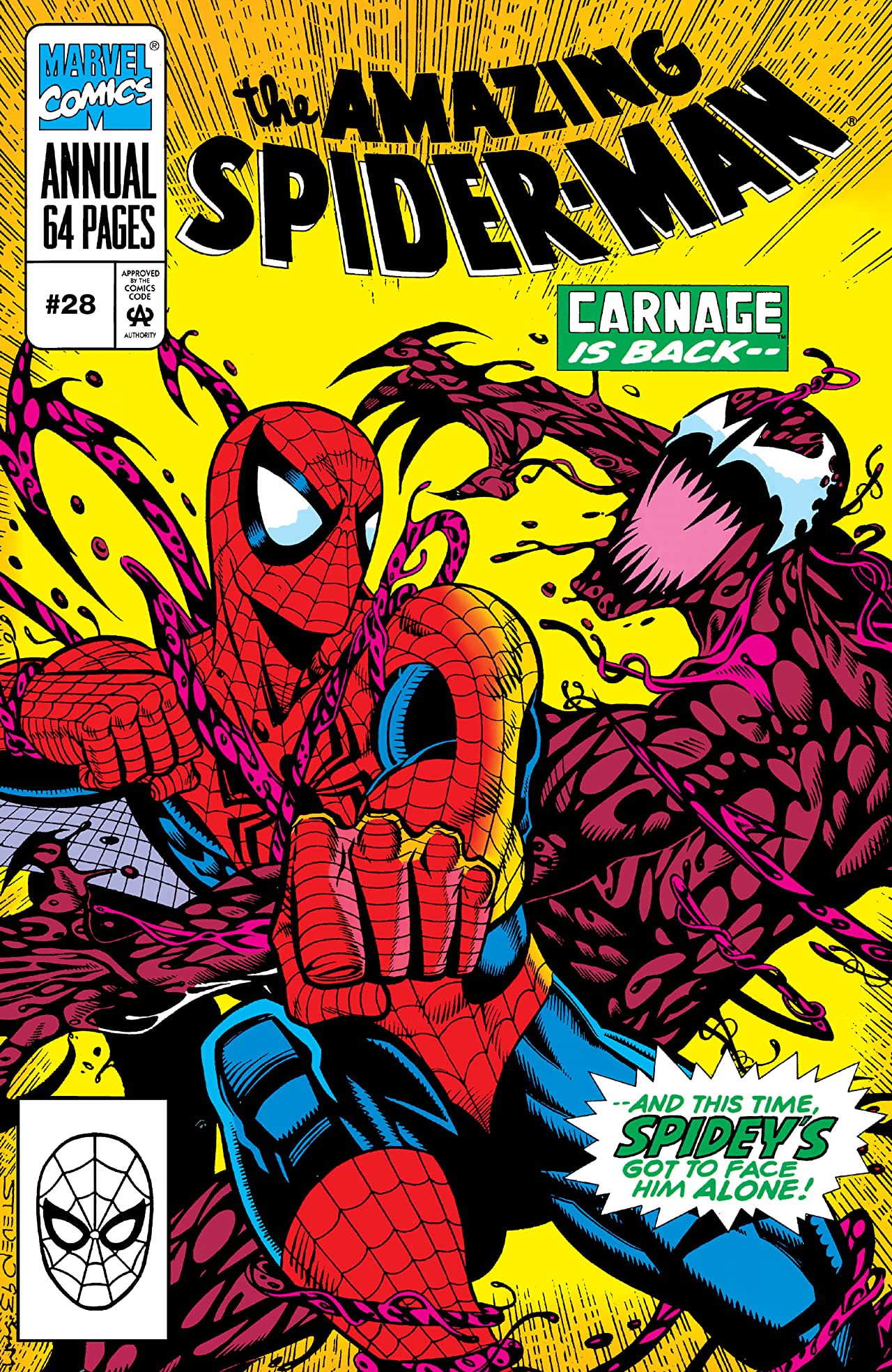 |
| 1994 |
|
 |
| This one is not and annual - 1995 |
|
 |
| 1996 |
|
 |
| 1997 |
|
![Cover Thumbnail for Spider-Man '98 (Marvel, 1998 series) #[nn]](http://files1.comics.org//img/gcd/covers_by_id/64/w200/64414.jpg?9183305690396226289) |
| 1998 |
|
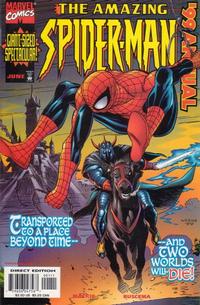 |
| 1999 |
|
 |
| 2000 |
|
 |
| 2001 |
|
Marvel took a few years off between 2001 and 2008.
|
 |
| 2008 |
|
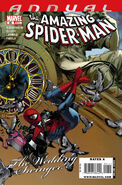 |
| 2009 |
|
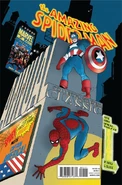 |
| 2010 |
|
 |
| 2011 |
|
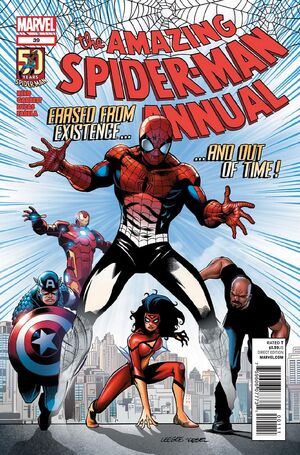 |
| 2012 |
|
|
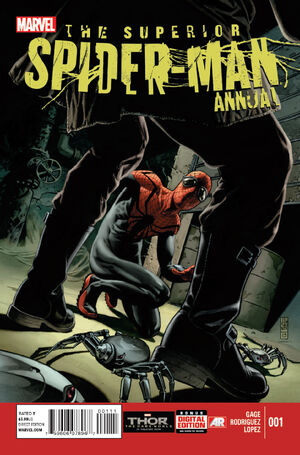 |
| Pete's Dead - Superior Spider-Man 2013 (Spider-Ock) |
|
 |
| Pete's still not here - 2014 (Spider-Ock) |
|
|
|
|
|
|
|
|
|
|
|
|
|
|
|
|
|

































![Cover Thumbnail for Spider-Man '98 (Marvel, 1998 series) #[nn]](http://files1.comics.org//img/gcd/covers_by_id/64/w200/64414.jpg?9183305690396226289)










No comments:
Post a Comment